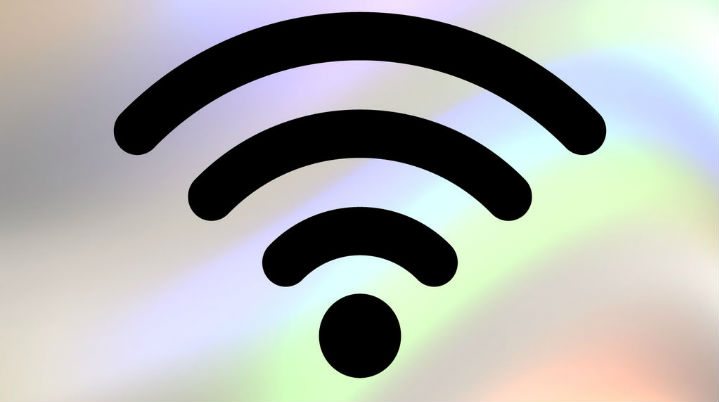
- Select a language for the TTS:
- UK English Female
- UK English Male
- US English Female
- US English Male
- Australian Female
- Australian Male
- Language selected: (auto detect) - EN
Play all audios:
WIRELESS BROADBAND ALLIANCE CEO: ‘WI-FI 6E WILL REWRITE THE RULES OF WHAT IS POSSIBLE’ While the FCC’s decision to open up the 6 GHz frequency band for use by Wi-Fi 6 technology may not have
been particularly surprising, the fact that something like this hasn’t been done in more than two decades still makes the approval a monumental one. The ability to leverage the 6 GHz band
for unlicensed Wi-Fi operation — referred to as Wi-Fi 6E — will deliver faster connectivity speeds and improved capacity when compared to both 2.4 GHz and 5 GHz Wi-Fi, making it ideal for
smartphones, tablets, laptops and, perhaps most exciting, virtual/augmented devices. Further, the MU-MIMO capabilities of 802.11ax, or Wi-Fi 6, combined with 6 GHz will create a number of
use cases both in the home and in the enterprise space. “Extending Wi-Fi into the 6GHz spectrum band can provide more Wi-Fi capacity than all the other bands put together,” Wireless
Broadband Alliance (WBA) CEO Tiago Rodrigues explained. “What’s more, using Wi-Fi 6 technology in the extended will deliver higher speeds, low latency and service levels that are equivalent
to 5G networks and be able to support the widespread, low-cost, use of advanced business, industrial and consumer applications.” “In terms of the capability and capacity of networks, Wi-Fi
6E, will rewrite the rules of what is possible,” he added. For its part, the WBA has been piloting a series of Wi-Fi 6 trials across different verticals including Industry 4.0, residential,
education, transportation hubs and sports stadiums etc., and have been actively extending these trials to encompass Wi-Fi 6E and additional verticals. One trial in particular, took place in
San Jose, CA and showed speeds of 2 Gbps — comparable to 5G cellular service speeds — and a consistent two-millisecond low-latency connection. Broadcom was quick to jump on Wi-Fi 6E
opportunities even before the FCC’s vote was scheduled, announcing a portfolio of Wi-Fi 6E chips as early as mid-February. The company anticipates that in the next three years, as many as
500 million Wi-Fi 6E compatible laptops and mobile devices will be in use.


:max_bytes(150000):strip_icc():focal(749x0:751x2)/Dog-Gunther-e13e6a4bb8274556822cd948f1eaffdb.jpg)




